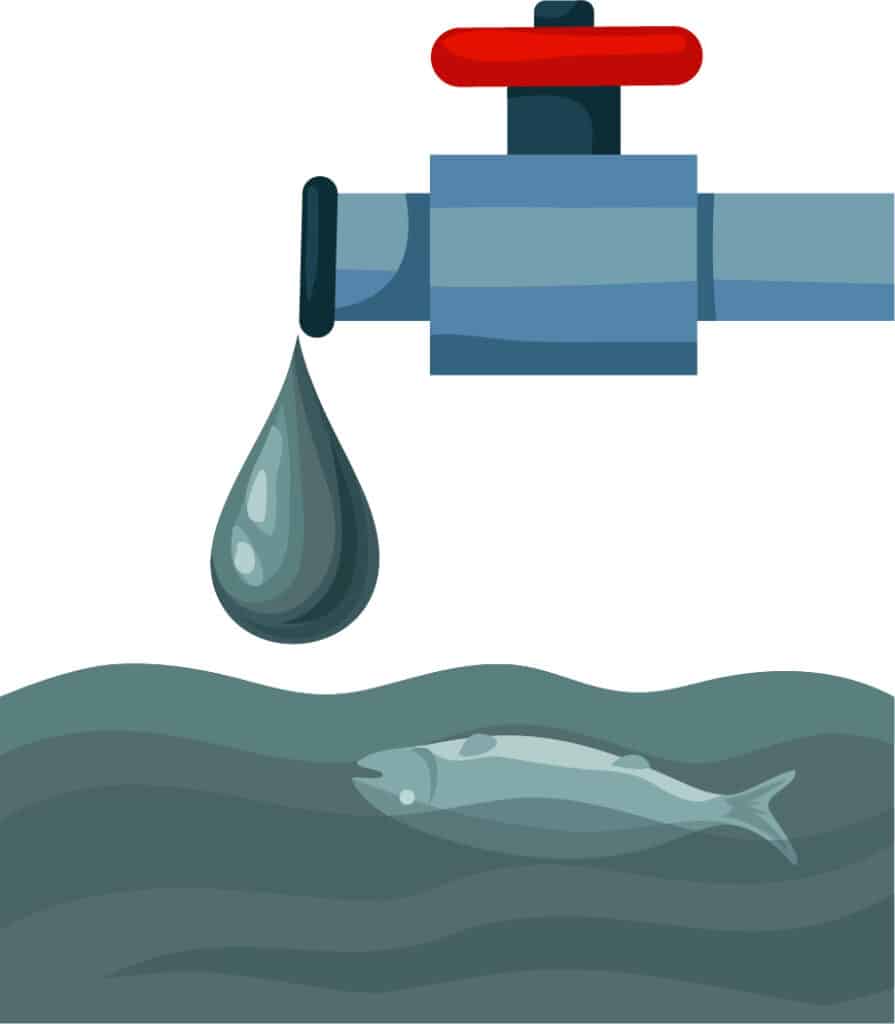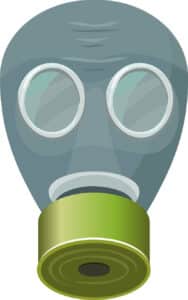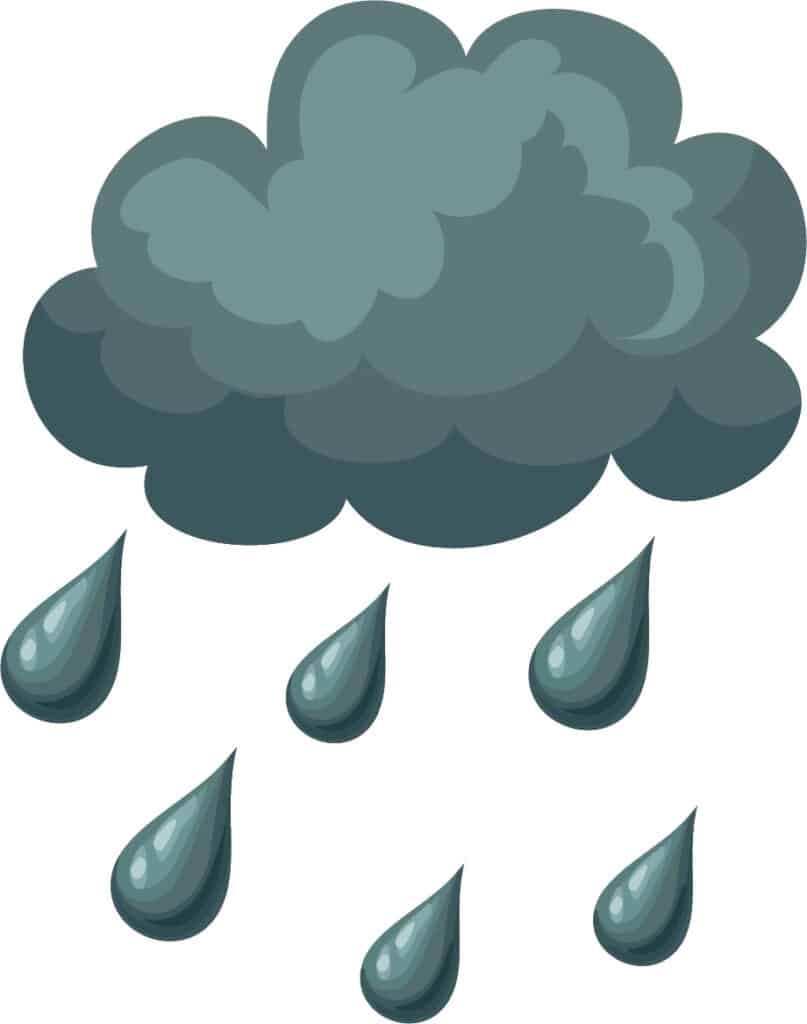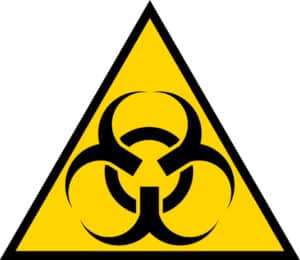Living Healthy in a Toxic Environment: Part II — Reducing Your Exposure to Environmental Toxins

 In the first part of this series, “Living Healthy in a Toxic Environment — Part I: Recognizing the Problem,” we called your attention to the fact that we are now living in highly toxic environments, both inside and outside our homes. The first step on the road to reducing your body’s toxic load is to avoid the most pervasive and potentially harmful environmental toxins highlighted in Part I. In this post, we offer suggestions on how to do just that.
In the first part of this series, “Living Healthy in a Toxic Environment — Part I: Recognizing the Problem,” we called your attention to the fact that we are now living in highly toxic environments, both inside and outside our homes. The first step on the road to reducing your body’s toxic load is to avoid the most pervasive and potentially harmful environmental toxins highlighted in Part I. In this post, we offer suggestions on how to do just that.
Think of it this way: When you have dug yourself into a hole, the first step is to stop digging. Only then can you begin to fill the hole. In the same way, you need to stop the flow of toxins into your body before your body can begin to make progress toward eliminating toxins that have already built up in your system.
Indoor Air Pollution
As explained in the first part of this series, indoor air pollution can come from a number of sources, some of which are easier to identify than others. For example, the source of cigarette smoke is obvious and the solution is equally obvious — if you smoke, stop, and if others want to smoke, require that they do it outside. But how do you know if you have a problem with Radon gas, and if you have a problem, what do you do about it?
Here are some suggestions for curbing indoor air pollution:
- Let the fresh air in. If the outside air is less polluted, air out your house as often as possible. Newer homes are sealed more tightly than are older homes, and newly constructed homes are more likely to have building materials that are still off-gassing, so it is even more important to let the fresh air in and give the toxic air a means of escape. However, if you have allergies or asthma, and letting the fresh air in irritates your airways, you may not want to air out your house as frequently.
- Have your home inspected for mold and treated, if necessary. Mold and mold toxins are some of the most serious air pollutants in a home, and the mold may not even be visible.
- If you have central heating and air conditioning, change the filters at least twice a year. Better yet, have your unit professionally cleaned and inspected twice a year to ensure that it is operating properly, especially if you heat with gas.
- Have your air ducts cleaned, if necessary. Air ducts can collect a significant amount of dust and allergens over time, especially if you have pets. Cleaning the air ducts removes the source of these irritants.
- Use a HEPA (high efficiency particulate arresting) air filter in rooms you spend the most time in. You can purchase a whole-house unit or smaller units for individual rooms. Especially helpful is to run a HEPA air filter in your bedroom, where you probably spend most of your time.
- Replace carpeting with natural flooring alternatives, such as wood flooring or ceramic tile. In addition to the chemicals in carpeting and in any adhesives used to glue it down, carpeting traps dirt and dust, which get stirred up whenever you walk across the carpeting or vacuum it. If the humidity is high, carpeting may also become a breeding ground for mold.
- Cook and bake in stainless steel, ceramic, glass, or “green” non-stick cookware. Avoid Teflon and other non-stick cookware that use PFCs or other types of toxic coating that are susceptible to off-gassing toxic chemicals when overheated. Non-stick coatings also flake off over time, and end up in the food you eat.
- Avoid overheating cooking oil. Different cooking oils have different smoke points. For example, high quality (low acidity) extra virgin olive oil has a smoke point of about 400 degrees Fahrenheit, whereas coconut oil can be heated to only about 350 degrees Fahrenheit before it begins to smoke and produce harmful free radicals.
- Buy more natural furniture. Shop for furniture that uses solid wood, natural cushion fill (such as natural latex, cotton, down, and wool), no chemical treatments (flame retardants or stain or water-resistant coatings), and zero or low-VOC (volatile organic compound adhesives). You may be able to cover older furniture or mattresses to help limit the toxins released into the air.
- Use fireplaces and wood stoves intelligently and sparingly. Have your fireplace or woodstove professionally inspected, cleaned, and if necessary repaired to limit the amount of smoke that makes its way inside your home. Use fireplaces and wood stoves sparingly, or replace them with a gas or electric unit. Yes, there is nothing like a natural fire, but when you are trying to clear the air, gas and electric are superior options.
- Be sure your gas range is properly vented. Also, if your range uses pilot lights, make sure they burn blue, not yellow. If they burn yellow, you may need to repair or replace the range, as this is a sign of the burner not getting enough air.
- Eliminate or reduce your use of personal care products that become airborne. For example, hairspray, deodorant, nail polish, nail polish remover, and perfume. Anything you can smell when you use it may be suspect.
- Use more natural household products. Stop using dryer sheets, fabric softeners, and air fresheners. Use natural cleaning products, such as lemon and orange oil, ammonia, and alcohol. Read and follow warning labels for any household products you cannot avoid using, such as solvents and adhesives.
- Have your home tested/treated for Radon gas. You can purchase a Radon gas test kit to collect samples and then send the samples to a lab for testing. If your home has a high concentration of Radon gas, hire a professional or conduct your own research to find out how to mitigate the problem.
Outdoor Air Pollution

As an individual, you can do your part to reduce outdoor air pollution:
- Conserve energy at home and work.
- Carpool, use public transportation, walk, or bike whenever possible.
- Follow gasoline refueling guidelines, avoid spilling fuel, and tighten caps on gasoline tanks and containers.
- Keep engines properly tuned and tires properly inflated.
- Avoid burning wood.
- Use environmentally safe household products, including paints and cleaning products whenever possible.
- During high ozone days, avoid using your car, allowing it to idle excessively, or using gas powered equipment from late morning to early evening. Refuel in the evening, if possible.
To reduce your exposure to outdoor air pollution, follow these suggestions
- Avoid high-traffic areas.
- Keep windows and doors closed during peak pollution hours or if you live near a busy road or near a polluting industrial plant.
- Limit outdoor activity as much as possible on high ozone days, and avoid exercising during the hottest, sunniest time of day (late morning to early evening) when ozone levels are highest.
- Exercise in areas where air pollution is less of a problem, such as on trails at a park.
Water Pollution
 You drink or should be drinking at least eight 8-ounce glasses of fluid daily, and it is best if that fluid is pure drinking water — free of toxins. To be sure your drinking water is pure, do the following:
You drink or should be drinking at least eight 8-ounce glasses of fluid daily, and it is best if that fluid is pure drinking water — free of toxins. To be sure your drinking water is pure, do the following:
- Have your tap water tested. If you obtain your water from a well, testing is crucial, but it is also important if you have municipal water. While the municipality tests its water, it does not test for impurities that may be introduced in the pipes that carry the water from the municipal line to your tap. Water testing kits should be available at your nearest big box hardware store or online from Amazon.com.
- Filter your water. You can choose to install a central filter in your home, install a filter on your tap, or use stand-alone filtration systems, such as pitchers or bottles with replaceable filters.
- Buy filtered drinking water from a reputable source. If you suspect that your drinking water is unsafe, purchase water from a trusted supplier.
- Avoid water from plastic bottles. No one wants chemicals — especially the ones that can leach from plastic packaging — in their water. With glass and stainless steel, you avoid exposure to the estrogen-mimicking industrial chemical bisphenol A (BPA), and if you reuse them, you’re helping to reduce the estimated 38 billion plastic water bottles that make their way into U.S. landfills each year.
At the end of the day, considering how essential water is to our very survival, it’s important that you advocate for safe sources of drinking water — for yourself, your family, and your community.
Chemicals in Clothing
 By some counts, the textile industry uses up to 80,000 different chemicals, most of which are untested for human and environmental safety. These chemicals include formaldehyde, fixatives for colorfastness, flame retardants, optical brighteners, phthalates, lead, and cadmium. To reduce your exposure to these chemicals, consider following these suggestions:
By some counts, the textile industry uses up to 80,000 different chemicals, most of which are untested for human and environmental safety. These chemicals include formaldehyde, fixatives for colorfastness, flame retardants, optical brighteners, phthalates, lead, and cadmium. To reduce your exposure to these chemicals, consider following these suggestions:
- Choose clothes with natural fibers. Wool, organic cotton, silk, and hemp are all good choices.
- Avoid clothing that contains flame retardants. Wool is naturally flame-retardant.
- Buy certified low-toxin clothing. Look for the OEKO-TEX® certification.
- Avoid clothing that is marketed as ‘easy care’. In other words, steer clear of stain-proof, wrinkle-free, wash-and-wear clothing. You may need to iron your clothes more often, but you will reduce your exposure to potentially harmful chemicals.
- Dry clean sparingly, if at all. If you must have clothes dry-cleaned, let them air out before you bring them into your home.
- Buy and use more natural laundry products. Look for clear, unscented varieties that are safe for humans and the environment. Research products online to find the safest available products.
Chemicals in Cosmetics and Personal Hygiene Products
Your bathroom is likely to double as a chemical warehouse. While you may not want to discard your collection, over time, you should try to replace the toxic products you have with toxin-free alternatives. As you shop for new products, read the labels carefully and eliminate products that contain any of the following toxins:
- Dioxane: Look for ingredients whose names end in “-eth,” such as myreth, oleth, laureth, and ceteareth. Related ingredients to avoid are PEG, polyethylene glycol, polyoxyethylene, and oxynol.
- Parabens: Parabens come in many varieties, including methylparaben, ethylparaben, propylparaben, and isobutylparaben.
- Phthalates: Avoid anything with diethylhexylphthalate, dibutylphthalate, dimethylphthalate, and diethylphthalate.
- Methylisothiazolinone (MIT)
- Toluene
- Triclosan
- Sodium Lauryl Sulfate (SLS), Sodium Laureth Sulfate (SLES), and Ammonium Lauryl Sulfate (ALS)
- Propylene Glycol
Congratulations! If you followed our suggestions, you are now living in a much less toxic environment. Your body will thank you for it by making you feel that much better. However, your environment is still not totally toxin free. The next step is to begin to enable your body to deal with toxins that have already built up in your system and exposure to toxins that you cannot avoid. Improving your diet and your approach to eating is essential. Tune in for the next part in this series — Living Healthy in a Toxic Environment: Part III, Food and Fasting — which will publish next Tues., Feb. 21.

